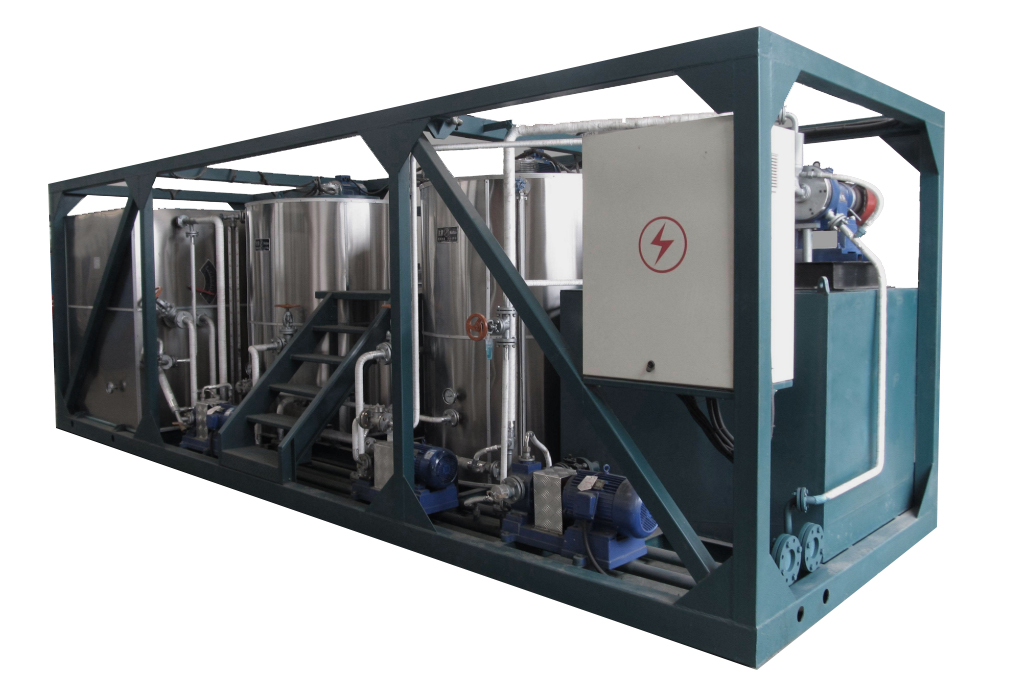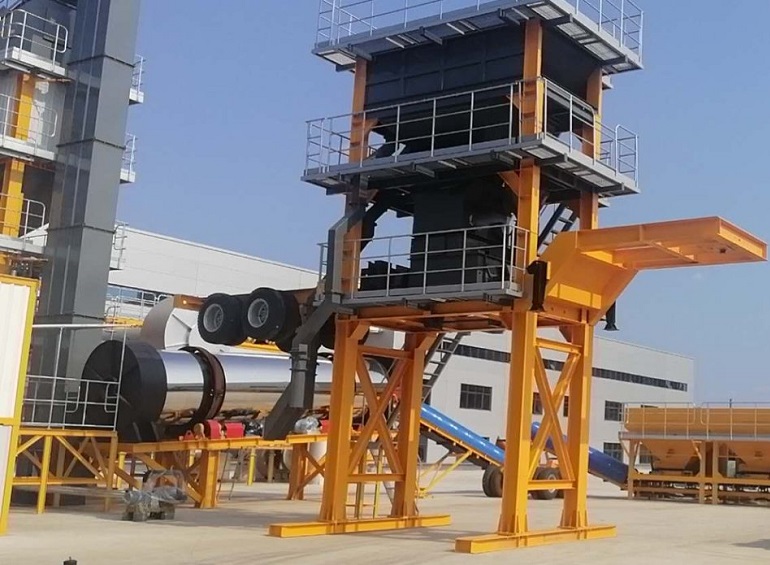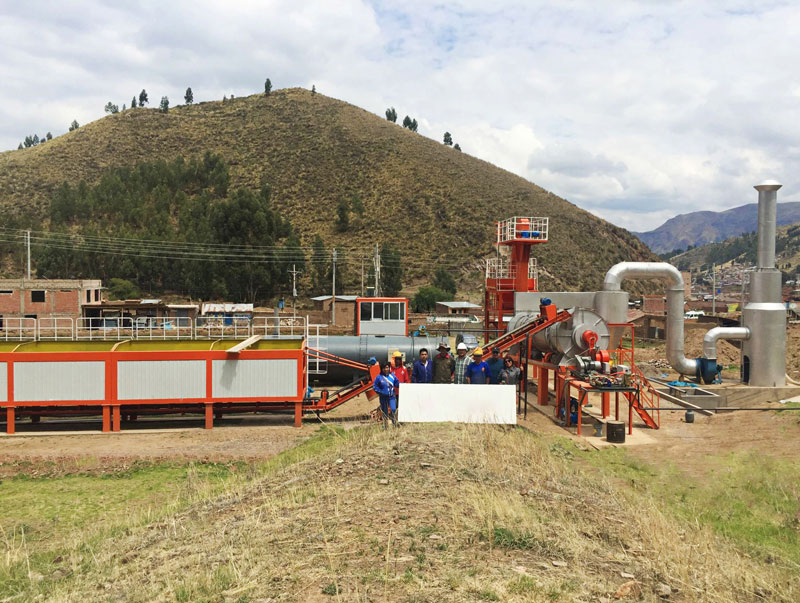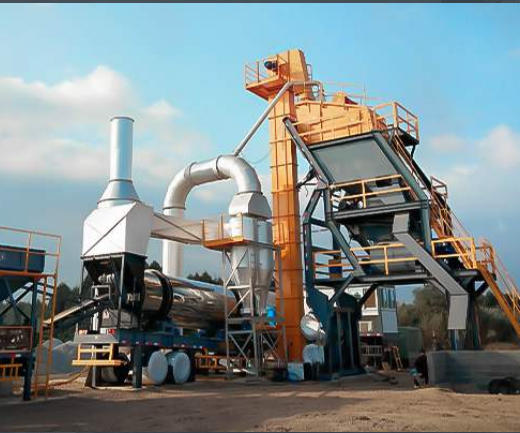Anti freezing measures of emulsified asphalt equipment in winter
1. Water tank
The water inside the water tank is discharged through the blowdown valve. In order to save the cost of some equipment, there is no blowdown valve, which can only be emptied by loosening the flange bolts at the bottom.
2. Water pump
The water pump mentioned here includes hot water pump and circulating water pump. This kind of pump generally adopts pipeline pump. There is a sewage outlet at the bottom of the pipeline pump. Pay attention to the sewage outlet at the bottom of the pump.
3. Emulsion tank
Emulsion tanks generally use cone bottom. However, for the sake of process safety, the outlet is often not placed at the bottom. The emulsion at the bottom of the tank (most of which is water) will be released through the bottom drain valve.
4. Emulsion pump
The emulsified asphalt equipment emulsion pump in the market is basically in 2 forms, gear pump or centrifugal pump. The gear pump can only drain the liquid inside the pump through the connecting flange of the pipe. The centrifugal pump discharges sewage through its own sewage outlet.
The first four items with common sense will basically be emptied, and the latter items will be highlighted later.

In the colloid mill, there will be residual emulsion or water. The colloid will grind the gap between the rotor 1mm. A little residual water will cause frostbite. The residual in the colloid mill can be discharged by loosening the connecting bolts of the finished pipeline.
6. Heat exchanger
The heat exchanger in emulsified asphalt equipment needs to be emptied for both cold and hot media.
7. Valve
This is the point. When draining the water or emulsion pipe, the valve must be in an open state. Water left in the valve or vacuum caused by valve closing, and the liquid in the pump and pipeline is not discharged will cause expansion and cracking accidents.
8. Air pump
Many valves of emulsified asphalt equipment are pneumatic, so there will be an air pump. The air contains water, which will become water after compression and exist in the air tank. This part of water should be drained in winter.
9. Colloid mill cooling water
Many colloid mills use mechanical seals, which will use cooling water. This part of cooling water shall be drained.
10. Other places where water may exist.
The heat transfer oil pipeline will not solidify in winter and does not need to be emptied.
Asphalt will solidify in winter, but the volume will not become larger and does not need to be emptied during the solidification process.



 RU
RU MM
MM AR
AR




